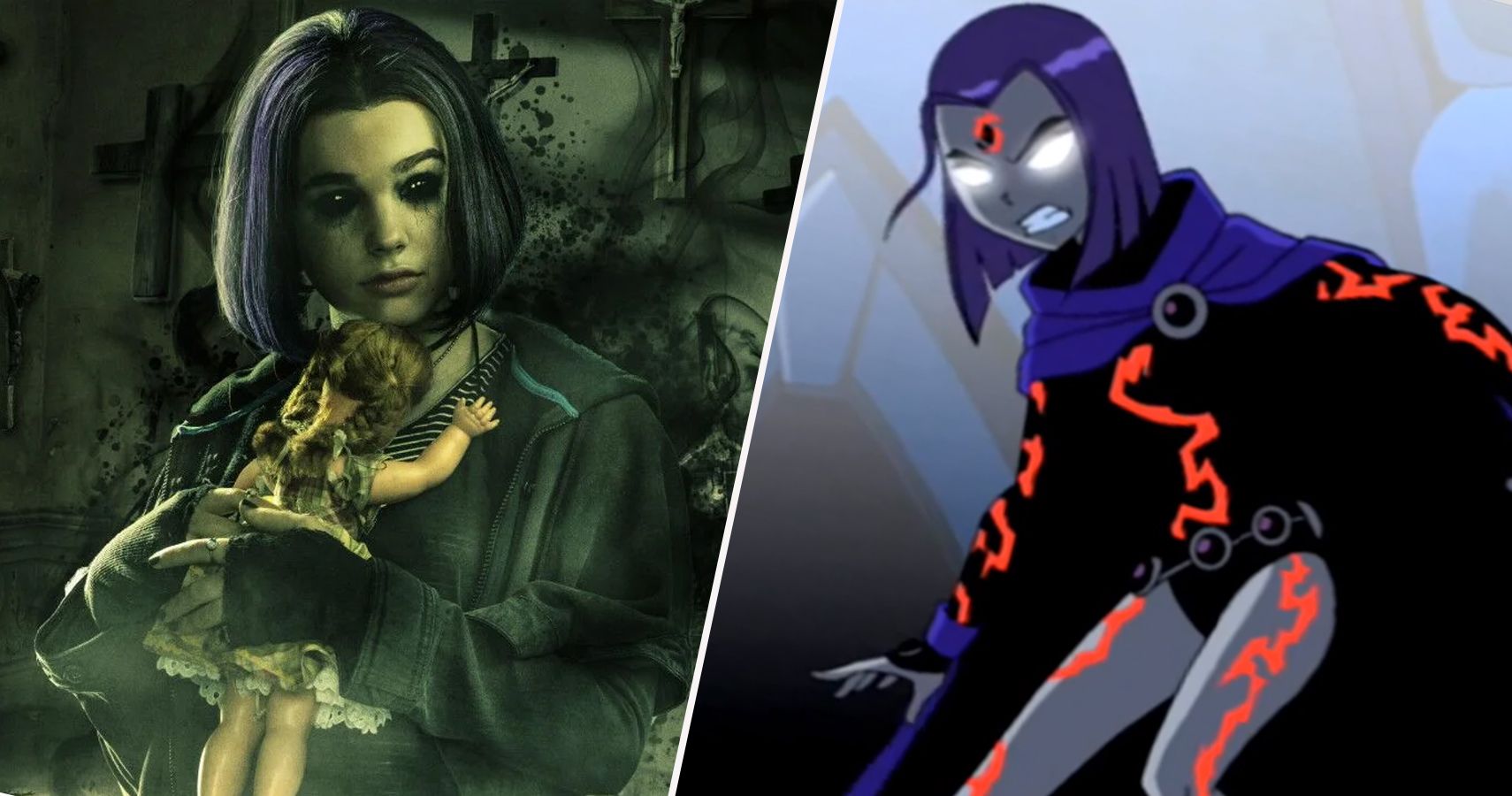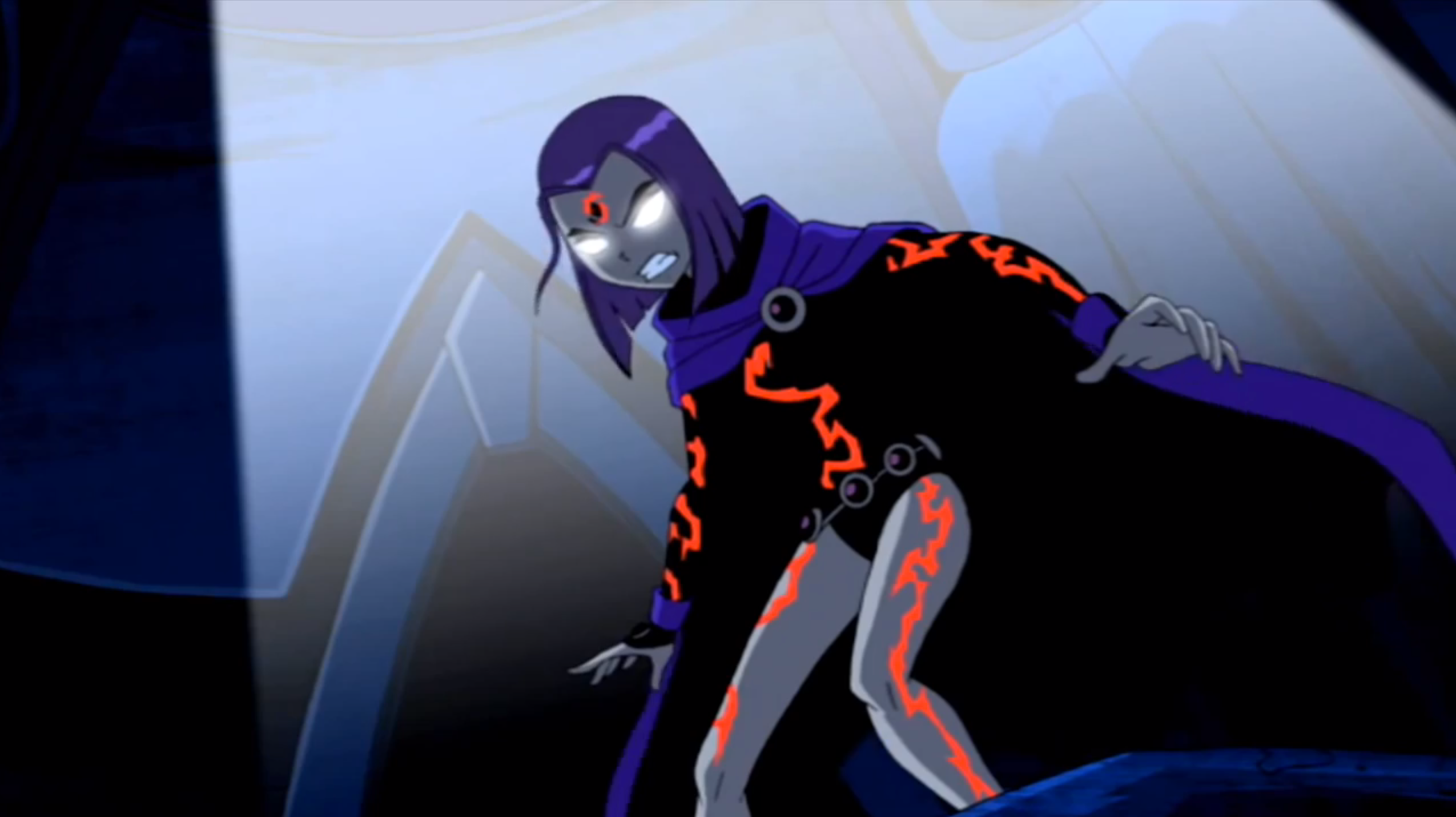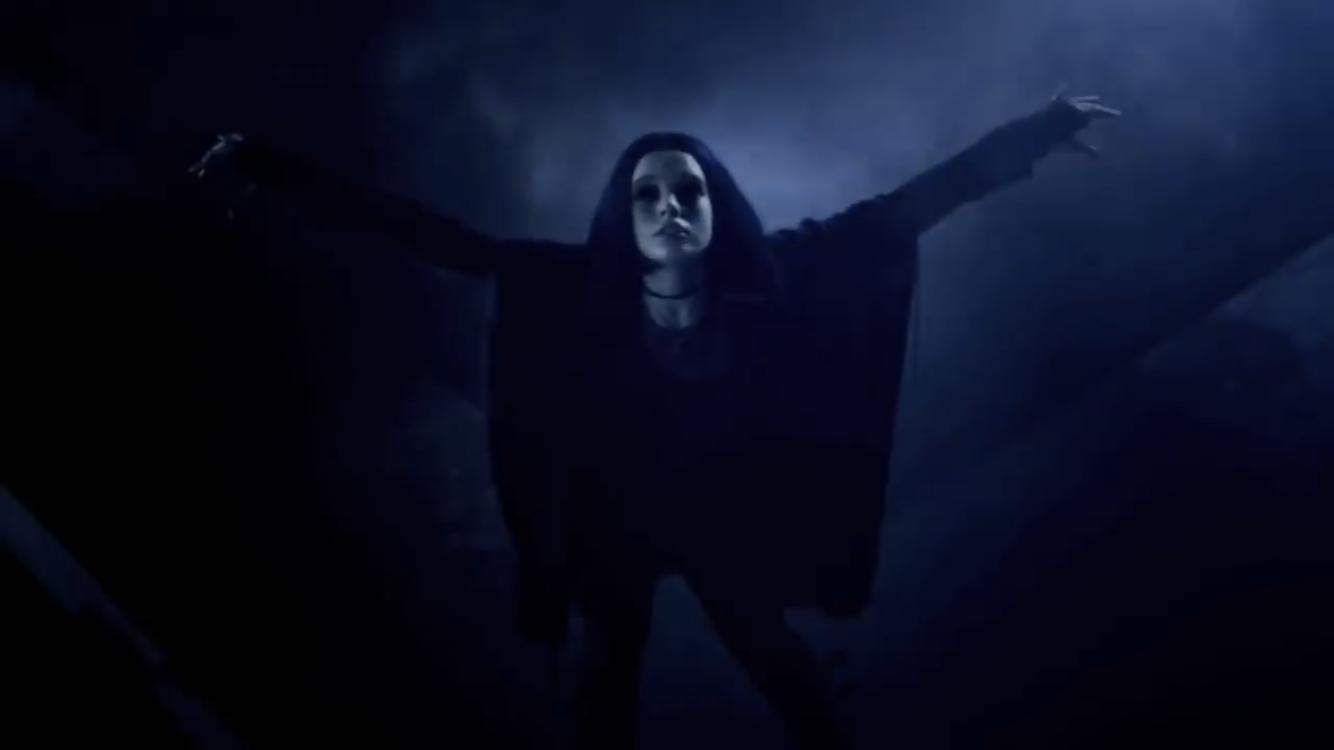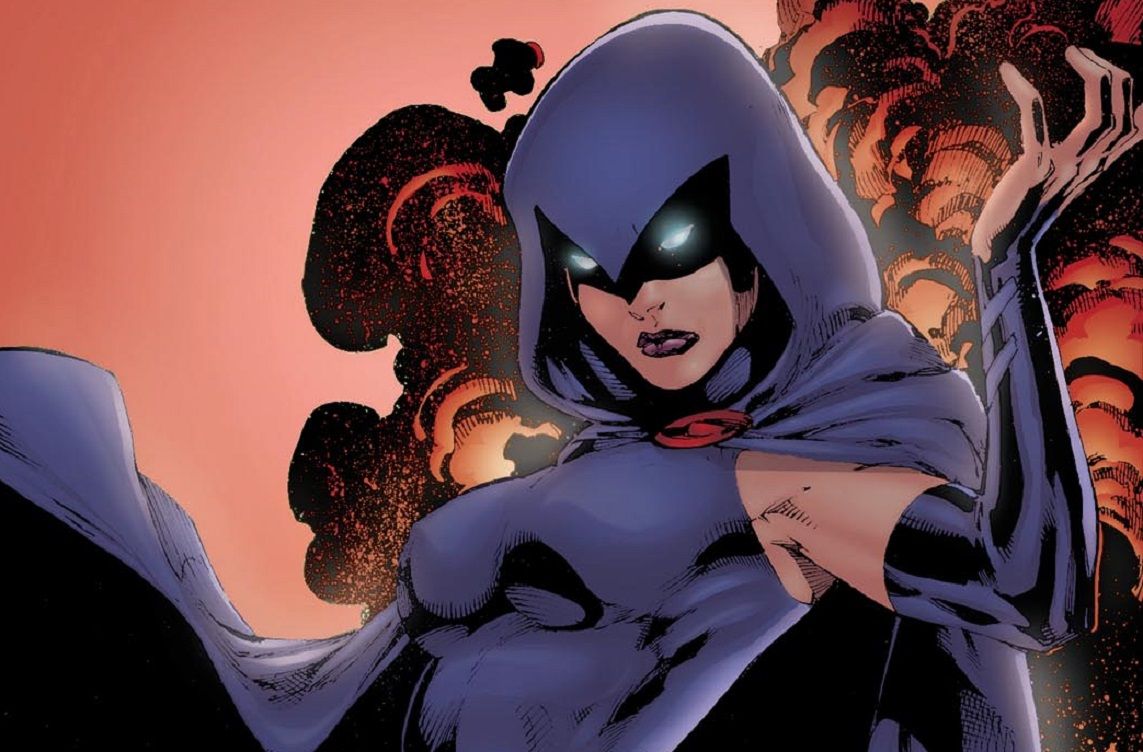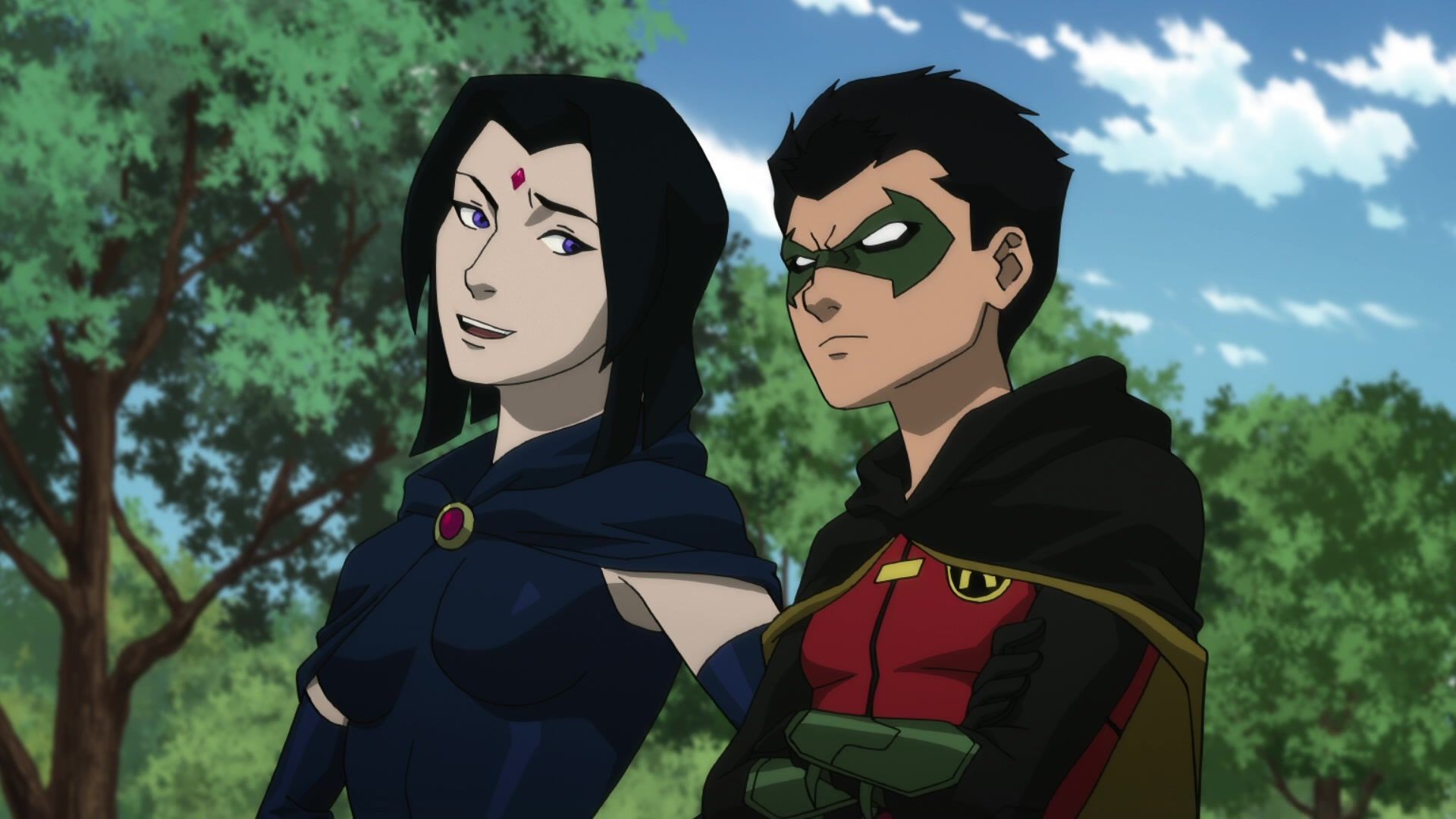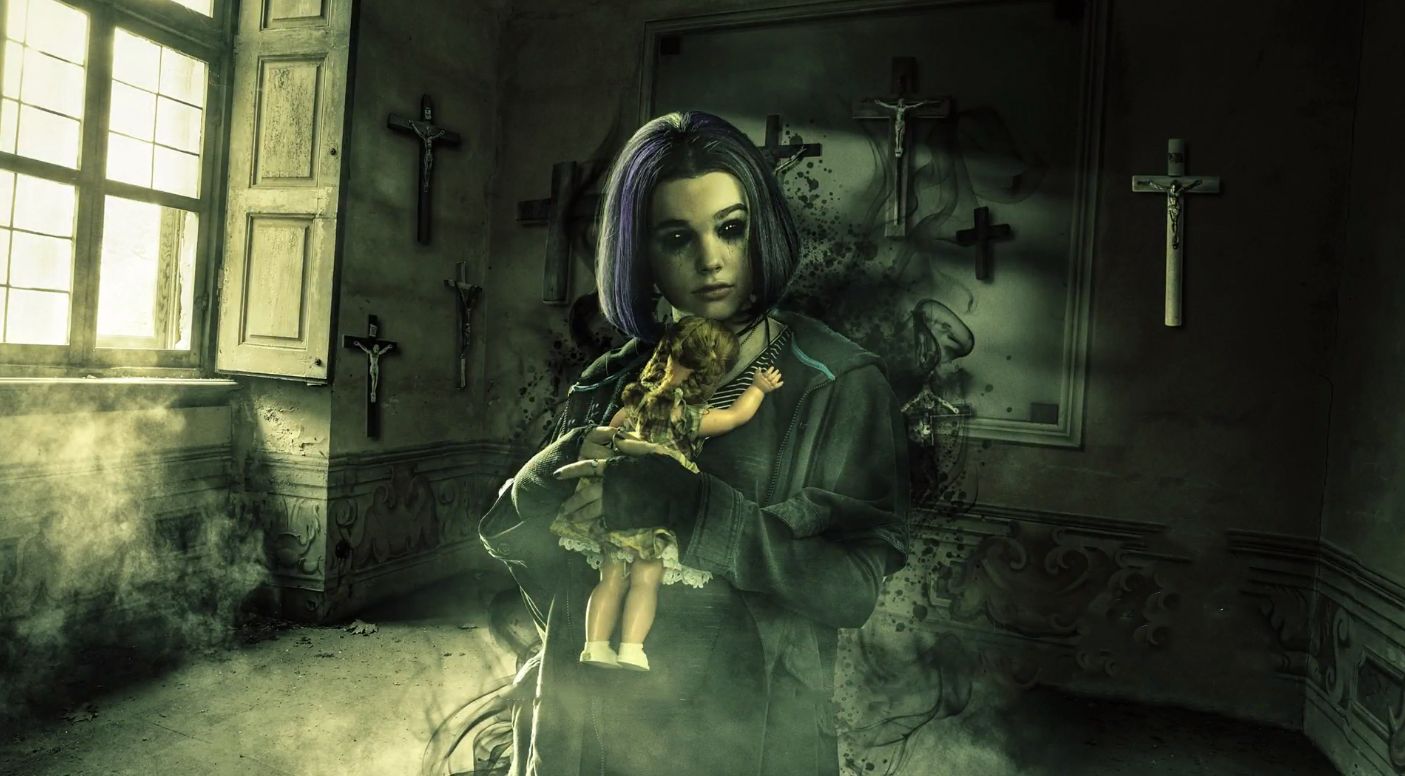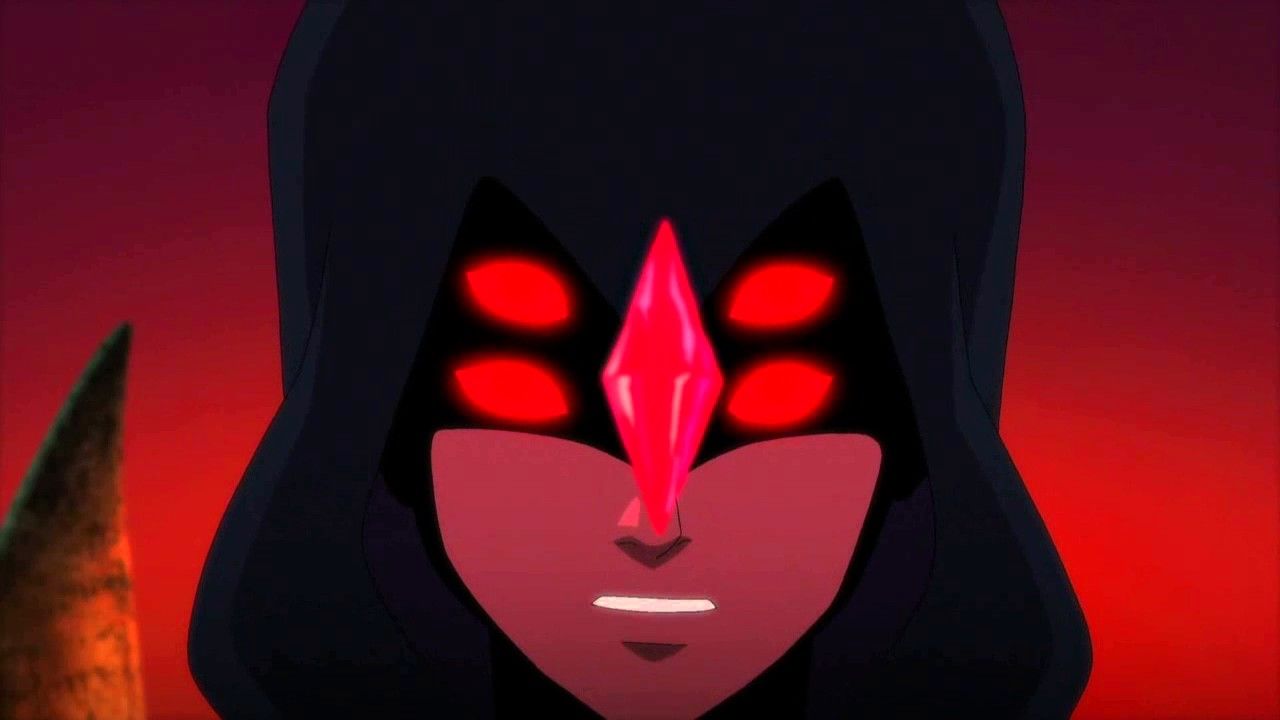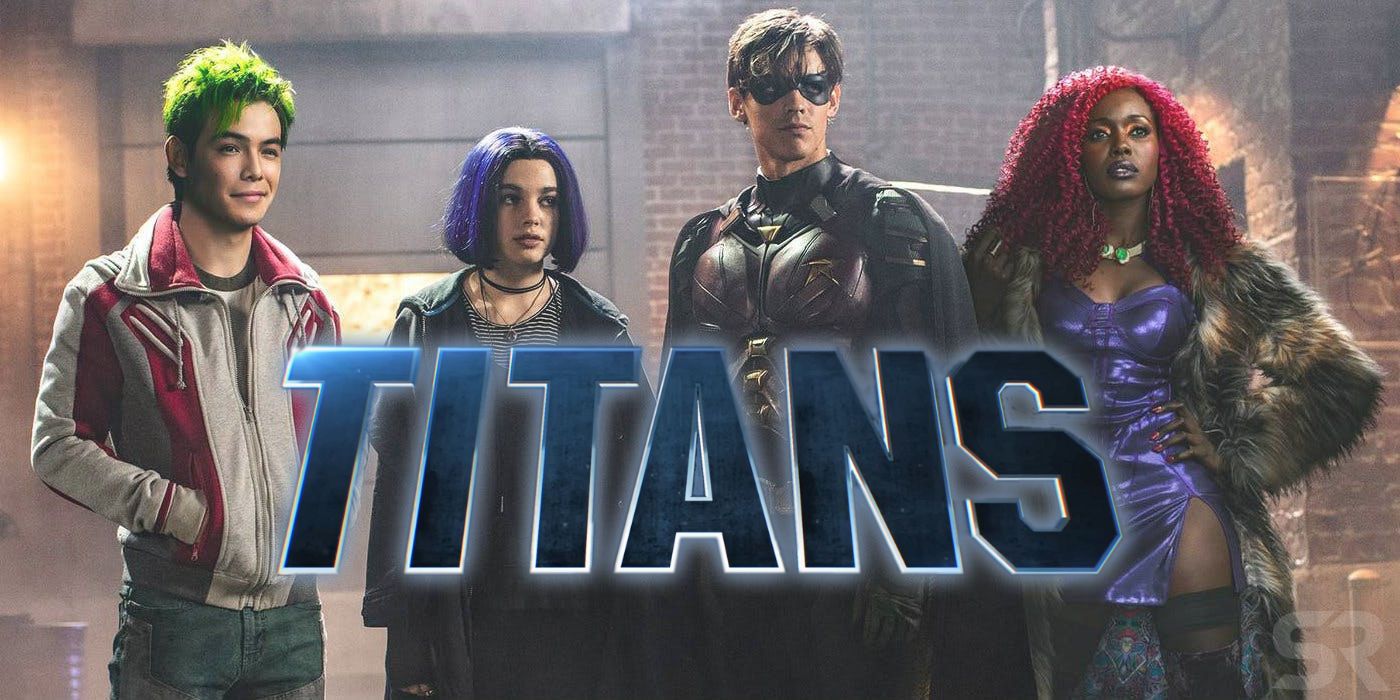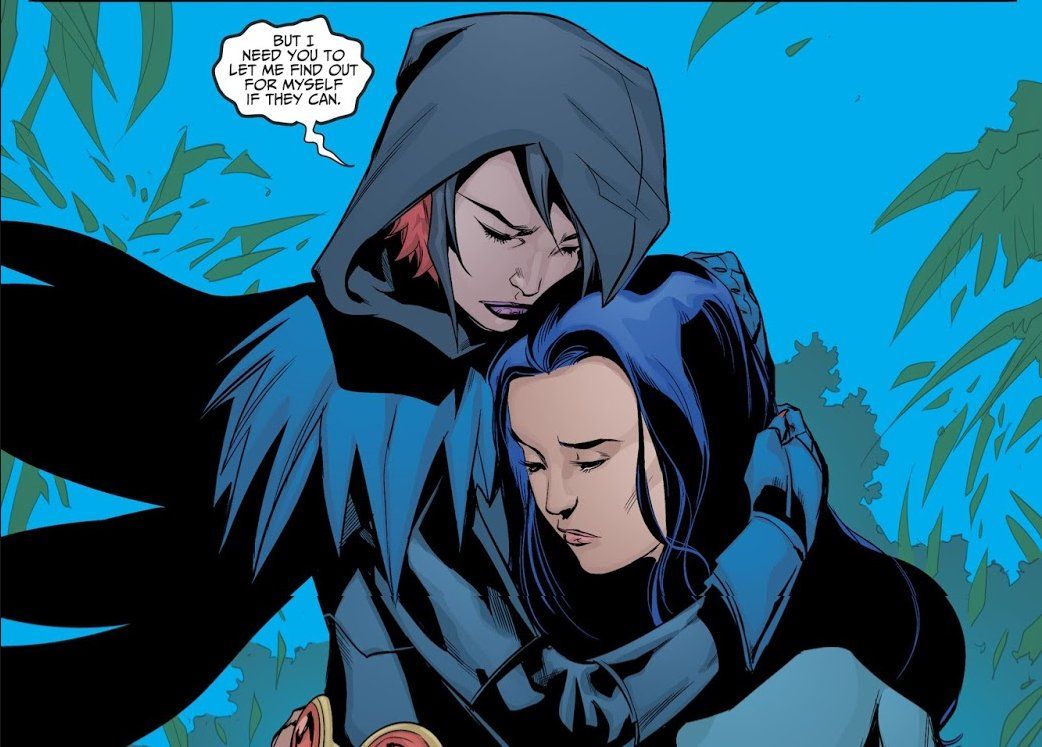Titans, the Netflix show, began its run with a controversial new look at the teenage superhero team made famous by their earlier appearance in DC Comics and on the Cartoon Network. But the new live-action adaptation quickly made it clear that this new group was not the 'Teen Titans' of yesteryear.
There is swearing, brutal violence, and mature content in large measures on the show. This approach has alienated some of the fans, while attracted a whole new audience looking for edgier superhero shows. The backstories and motivations of several characters have also undergone drastic changes. Let us take a look at how the character of Raven on 'Titans' compares to her appearances on the earlier shows and comics.
What Changed: The Skin Tone
Cartoon Network's Teen Titans emphasized the otherness of Raven by showing her with a naturally grey skin tone. This was actually a departure from the comics that Raven first appeared in, where her skin color was normal.
RELATED: Titans Got MORE Popular As The Season Went On
Netflix's Titans decided that painting Raven grey permanently was more trouble than it was worth. So Raven in the show has a natural skin tone. She only turns grey while she is tapping into her powers in reference to her earlier cartoon iteration. This acknowledgment of old canon has greatly helped the show gain popularity amongst older fans.
What Stayed: The Source Of Her Powers
One thing that has stayed consistent about Raven on both the live-action and the cartoon shows is the reason for her powers. Raven is the child of a human mother and a demonic entity known as Trigon. It is her demon-half that allows her to wield power far beyond anything a regular human could manage.
When Raven uses her powers, her demon-half comes to the fore. The change is signified by her skin turning grey and her eyes turning entirely black. And, of course, all the horrific damage she is capable of inflicting in this form should also give her enemies a hint as to the presence of her demon-half.
What Changed: Her Clothes
Superheroines in comics have always been shown to be clothed provocatively, to say the least. You can have a good long discussion about why this happens and comic enthusiasts frequently do. But the fact remains that Raven in her comics and on the cartoon show dressed in a close-fitting leotard that drew attention to her figure and her long bare legs.
RELATED: Titans: Donna Troy's Wonder Girl Costume Revealed In New Photo
Considering that Raven in the Netflix show is underage, around the age of 13, it would have been appropriate to dress her up in her earlier costume. Instead, she is shown to be wearing jackets, jeans and skirts like any other regular girl her age. Only the color scheme of her clothing, her purple hair and her hooded jacket bring to mind her official superhero costume.
What Stayed The Same: Her Close Relationship With Robin
Raven is an empath. That means she can experience emotional pain in others. She also comes from a broken home, just like Dick Grayson. These two factors have drawn the characters of Raven and Robin together across all their team-ups over the years. They were good friends in Teen Titans and have been shown to have a strong father-daughter bond in Titans since Robin is much older than her this time around.
What Changed: Her Feelings Towards Her Powers
Raven was an older teen in her comic book debut. She was also older in the Teen Titans cartoon. In both cases, Raven was shown to have a feeling of resentment and often fear towards her powers. She realized that the source of her powers was evil in nature and was constantly on guard against succumbing to her demon-half.
In the Netflix show, Raven is much younger and does not fully understand the danger her power poses. That is why she is shown to have an attraction towards her powers and how they make her feel at times. At one point she admits: "Sometimes when I feel the darkness, it feels... good.". Hopefully, as she grows older Raven will learn to be more wary of her demonic side.
What Stayed The Same: Doomsday Foreshadowing
No, not the Doomsday character from the comics. In the comics and in the cartoons, one of the most important questions that Raven grapples with is what will happen if her demon-half ever takes completely over her mind. In such a scenario, Raven has been prophesied to be used as a vessel for her father Trigon's arrival on Earth, leading to great doom and destruction.
RELATED: Young Justice Theory: Season 3 Is Setting Up a Major Titans Conflict
In Titans, the very first episode in the series refers to Raven as the 'destroyer of worlds'. Clearly, the show is also setting Raven up as someone whose presence could doom humanity. Trigon's arrival would indeed spell plenty of trouble for Earth.
What Changed: Her Importance In The Storyline
Traditionally, Raven was the second or third-stringer on the team. She had an interesting background, but the stories mostly focussed on Robin, Starfire, Wonder Girl, etc. Then halfway through the run of the Teen Titans cartoon show, Raven's character exploded in popularity. She was given bigger story arcs and more importance within the team.
With Titans, Raven has been established as one of the main characters right from the start. One of the main story arcs revolves around her character and her relationship with the rest of the team. In fact, it is Raven's presence that is shown to be the reason for bringing the Titans together in this iteration of the group.
What Changed: Her Mother's Backstory
One of the most tragic aspects of Raven from the comics was that she was shown to be the child of abuse. Her mother was a normal human who was taken by Trigon against her will and forced to birth his child. The cartoon show only hinted at these events, since they could not be too graphic before their young audiences, but the details remained the same.
In Titans, Raven's mother is shown to be a villain. She enters into a relationship with Trigon willingly and has Raven as a result. That means future episodes of the show will probably focus strongly on the deeply conflicted relationship between Raven and her mother.

